Technology in the classroom is becoming more popular by the day, and an array of issues is being addressed as experts, educators, governments, and policymakers explore the use of classroom technology.
Using technology in the classroom is not just about getting devices into children’s hands. The goal is for technology to be used productively for learning and education, according to Michael Horn, author of “Disrupting Class, Expanded Edition: How Disruptive Innovation Will Change the Way the World Learns.” Horn was a panelist at a live-streamed panel meeting at MIT’s Media Lab in Cambridge, Mass., which was hosted by MSNBC Anchor Alex Witt and NBC special correspondent Chelsea Clinton.
Horn said that training teachers to use new technology along with students is important otherwise students may end up just sitting in class clicking away all day.
Lucy Gray, a former Chicago public school teacher, who is now an education consultant, an Apple distinguished educator, and a Google certified teacher, co-founded the Global Education Conference. The conference creates a virtual, global community where students, educators, and organizations come together to discuss education.
Gray is also looking at the incorporation of social media technology into educational settings. Global education, which lacks a formal definition, is about using technology for all children and global competency could be about becoming culturally aware and tolerant.
For Gray, it is about connecting classrooms around the world, and she thinks that there is a need for a “more precise language” to describe what’s happening in global education.
For example, Gray talked about a teacher whose class chatted online with a class in South America. The two classes collaborated on a report by using Google Docs.
The teacher incorporated “three or four things throughout the day using technology and reaching out to the world,” said Gray. The goal was to comfortably use technology, just as if it were a textbook or a pencil, she said.
While the term “global competition” is often used in discussions on 21st-century education and discussions on policies for students, Gray emphasizes cooperation. She said, “We have to prepare our kids to be able to operate on a global level, but I wouldn’t call it compete.”
Social media channels get information out faster than regular news media channels, said Gray, reflecting on the Arab Spring protests in the Middle East.
“Our kids are on those social media channels. How do we get them to interpret and process all this fast-moving information in a way that they can make unbiased decisions about things?” said Gray.
According to Gray, another global education developed another important skill: being able to work across borders and solve problems together. “There are complex problems that have to be solved,” and connecting the world turns somebody else’s problems into our own. “People are not in isolation,” said Gray.
Gray strives to create truly innovative education. A parent herself, Gray wants her children to have healthy habits of mind to help them be successful throughout life. “I want them to love learning, always be curious, seek out information, figure things out, and be able to stand on their own feet,” said Gray.
The Epoch Times publishes in 35 countries and in 19 languages. Subscribe to our e-newsletter.
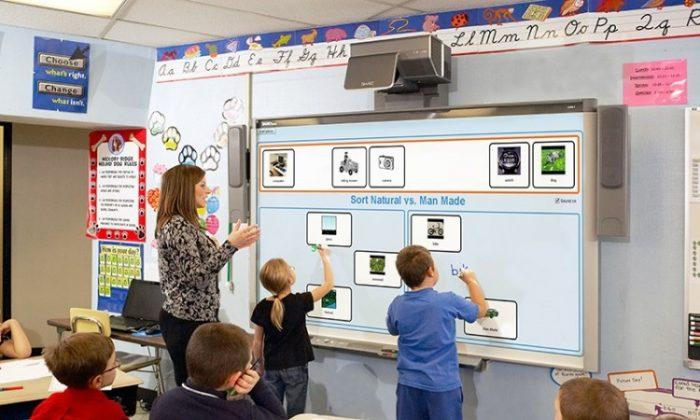
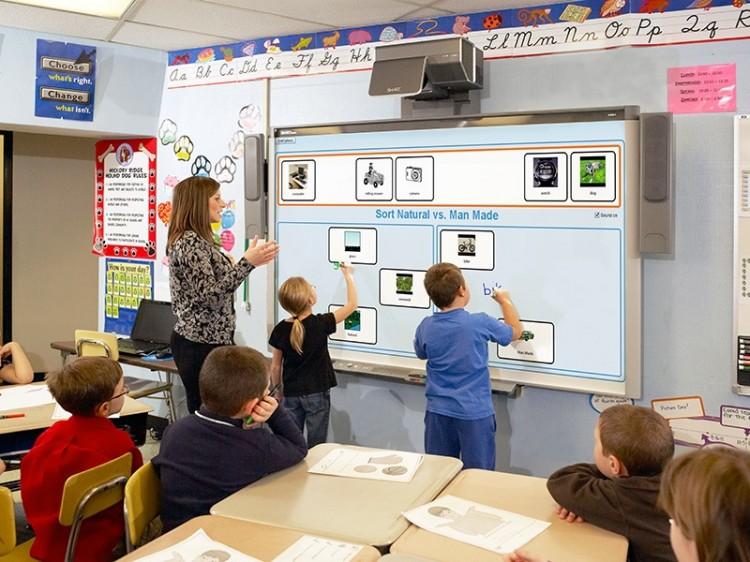
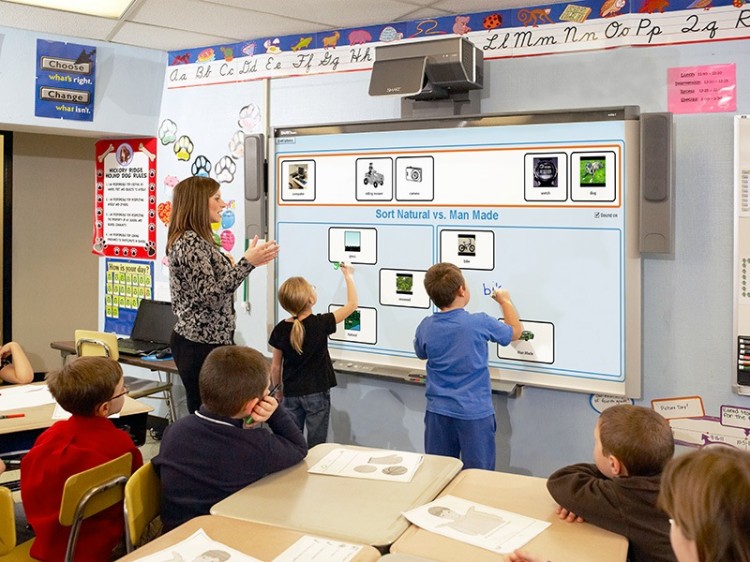
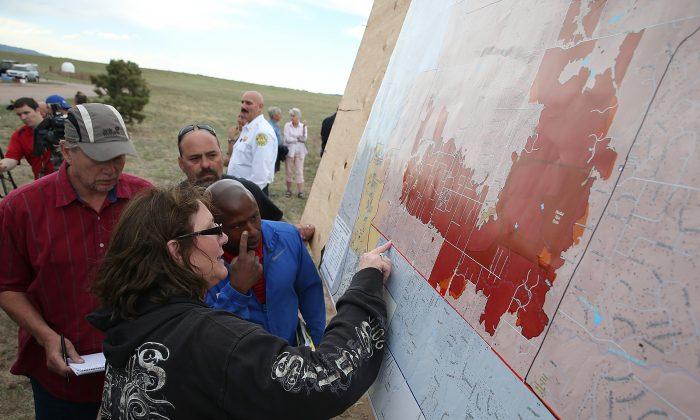
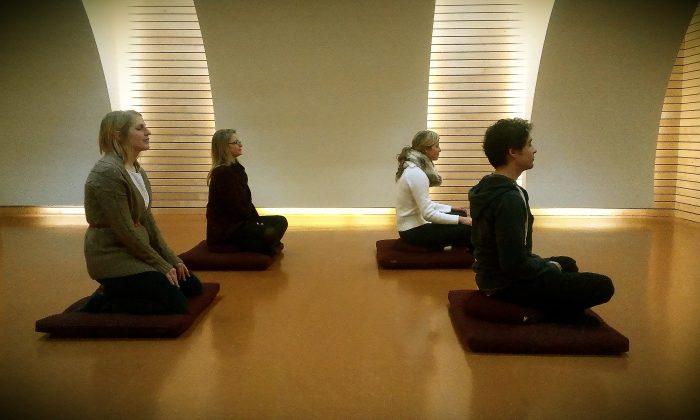
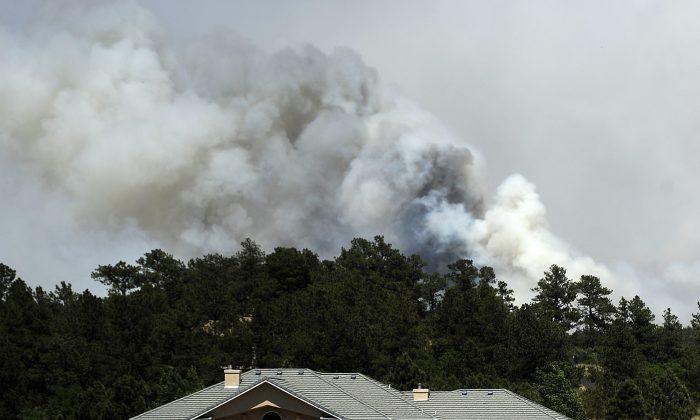

Friends Read Free